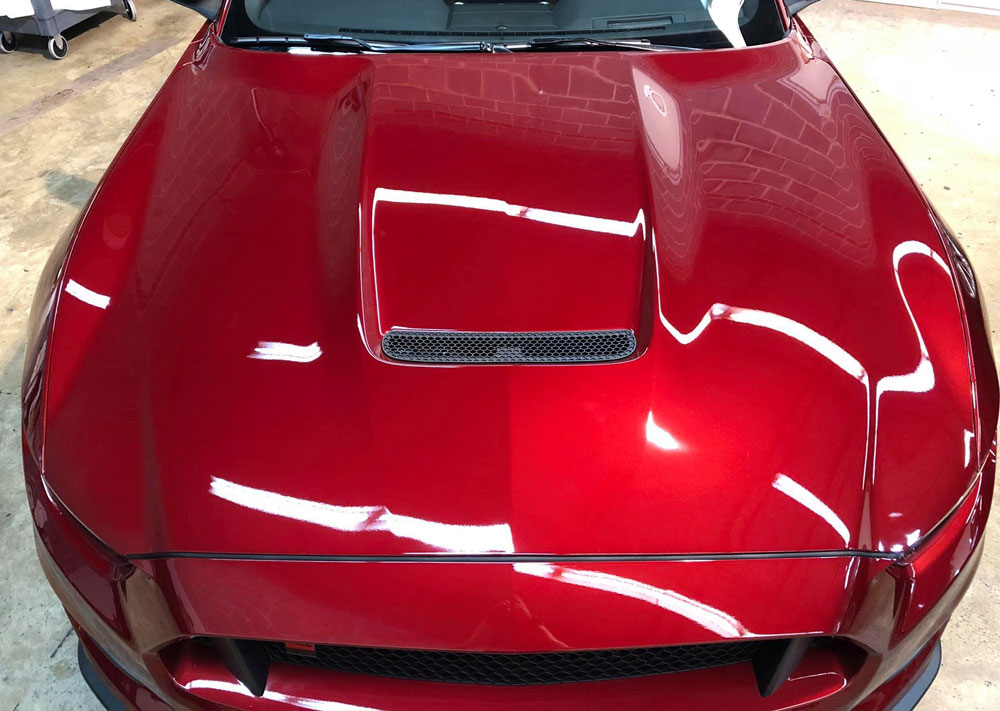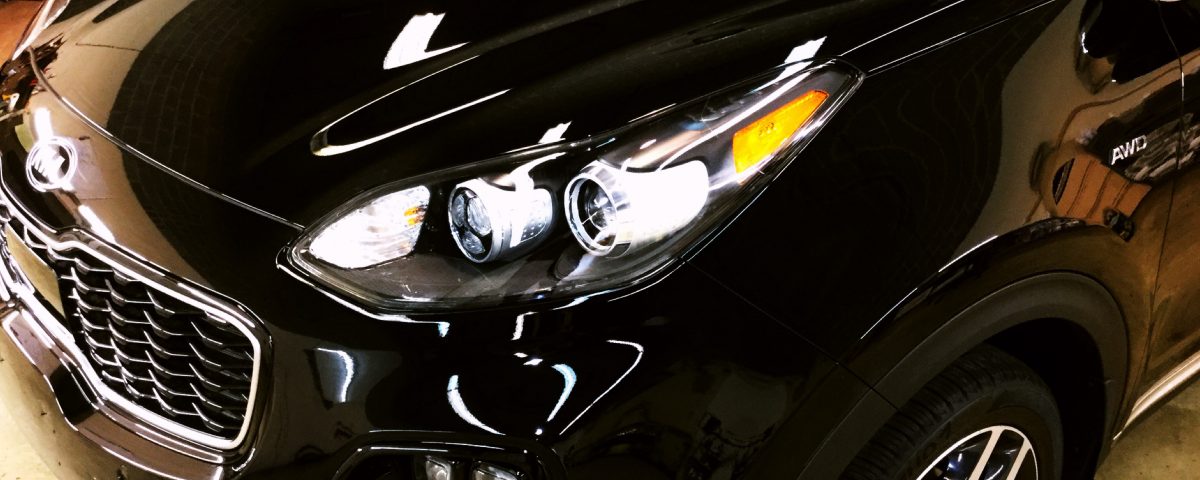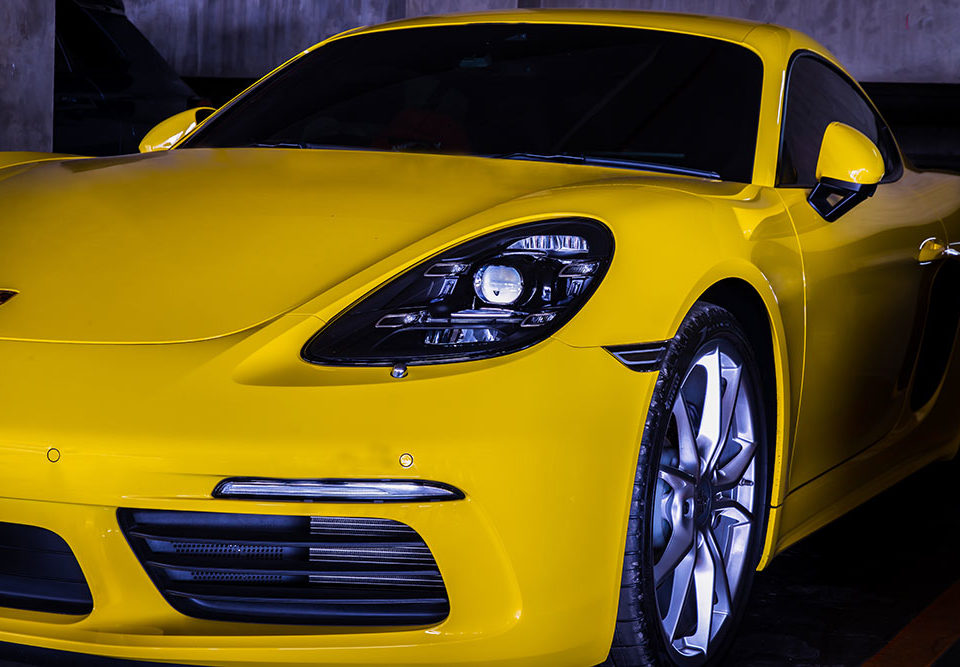
PPF Mastery: Best Practices When Protecting Your Ride With PPF
September 30, 2024
Car Window Tinting Guide
October 24, 2024Auto glass tinting adds elegance and distinctiveness to any vehicle. Apart from providing excellent privacy, tinting improves driving performance, mainly when the sun is on your face. Tinting also blocks up to 99% of UV rays, which helps protect both the passengers and the upholstery.
Tinted cars have reduced interior cracking, fading, and even warping. If you spend a lot of time on the road, you can’t afford to overlook this essential item.
Is this the first time you are tinting your car? There are several things you should know to have a great time. These things include:
The various window tint options
The more information you have on car window tinting, the better for you. As a first step, visit a window tinting shop to learn about the many types of automotive tints available. Any reputable shop will offer a wide range of window tinting options and could be an excellent resource for learning about the different types of tints.
Window tints resemble a Good, Better, Best pyramid. There are aftermarket films that have a one-year warranty. Each step up will result in increased quality and performance.
Carbon ceramic films rise to the top of the pyramid, offering a lifetime warranty and outperforming other materials.
The decision here is based on two factors: how much you are willing to spend on tinting your windows and how you use the automobile. Top-tier tints last longer, are more visually pleasing and perform better overall.
Starting with the lowest and most cost-effective films, a dyed film is of good quality and will perform as intended. Upgrading to a carbon film will improve performance and longevity.
Finally, ceramic film is a high-performance film with a lifetime warranty and excellent performance. Ceramic films combine cutting-edge technology and raw materials to provide an ideal layer of UV protection and exceptional durability.
The ability of the tint to protect you against UV radiation
Long-term exposure to UV radiation is harmful to one’s skin. Thankfully, there is UV window tinting for cars that helps to block up to 99% of the sun’s UV radiation. UV car window tinting also ensures that the sun’s energy is not trapped inside the vehicle.
This eliminates the oven effect, which is common when a car is left in the sun for extended periods of time.
Take time to know what the state says about car window tinting
Each state has its own set of rules surrounding car window tinting. You don’t want the cops stopping you because your windows are too dark. Before you make a purchase, find out what the tinting limits are for each window.
Your window tint installation professional will inform you about the laws in each state. Be wary of window film shops that appear ready to install illicit tinting film. This is because heavy fines may be imposed on both you, the automobile owner, and the proprietor of the tint establishment. And you don’t want this, do you?
Learn the lingo
If you’ve never tinted your car before, you might be confused by some of the abbreviations you might come across. So, let’s clarify what they imply and introduce a few popular terminologies you’ll hear while discussing the benefits of window film.
Visible Light Transmittance (VLT) refers to the amount of visible light that can flow through tinted window film or glass. A darker window tint reduces VLT levels. The VLT primarily controls the tint darkness or tint percentage.
Visible Light Reflectance (VLR) refers to the amount of visible light reflected by glass or window tint. Essentially, it reduces glare, therefore the higher the VLR, the easier it is to see in bright lighting circumstances.
Total Solar Energy Rejected (TSER) is the rating that provides car owners with the most comprehensive information regarding the tint’s capacity to protect against UVA and UVB, infrared radiation (IR), and visible light transmission. The higher the TSER, the more excellent protection the film provides.
IR is an abbreviation for infrared radiation. The sun emits various emissions, including ultraviolet (UV) and infrared radiation (IR). UV primarily breaks down materials, including interior seats, dashboards, plastics, and leather. But it is also a major cause of skin cancer. In contrast, infrared radiation is responsible for heat generation.
So, as infrared rays penetrate the window, the temperature of your vehicle’s cabin rises. An IR film is primarily intended for heat rejection, so it can have a low tint percentage while still providing good protection.
While you may hear or read other phrases about window tint quality, the ones listed above are the most common.
Match the tinting material to where you live.
Before you contact a window tint film installation company near you, you should first analyze where you reside. Most entry-level tints are intended to improve aesthetics while protecting against dangerous UV radiation – UVA and UVB.
If you reside in a hotter area (such as the Southwest or Southeast United States, or Latin America), you should consider car window tinting that blocks or protects against infrared rays.
This blocks the heat produced by the sun. This is a significant advantage, mainly when applied to your windshield and front side windows.
If you live in colder climates, IR protection is less important than UV-blocking window film. IR film is a lovely improvement, but if internal cabin heat isn’t a big deal for you, you’ll be OK with a solid mid-grade window tint, such as a carbon color stable window film.
Know the right areas to tint
Side mirrors, for example, should not be tinted. This also applies to the rearview mirror. Lighter shades of auto window tinting Springfield are safer for rear and side windows, but the black tint is different.
Darker automobile tint shades can conceal portions of the glass, making it difficult to see images. Tinting the windshield is often prohibited in most states, so you should avoid it.


